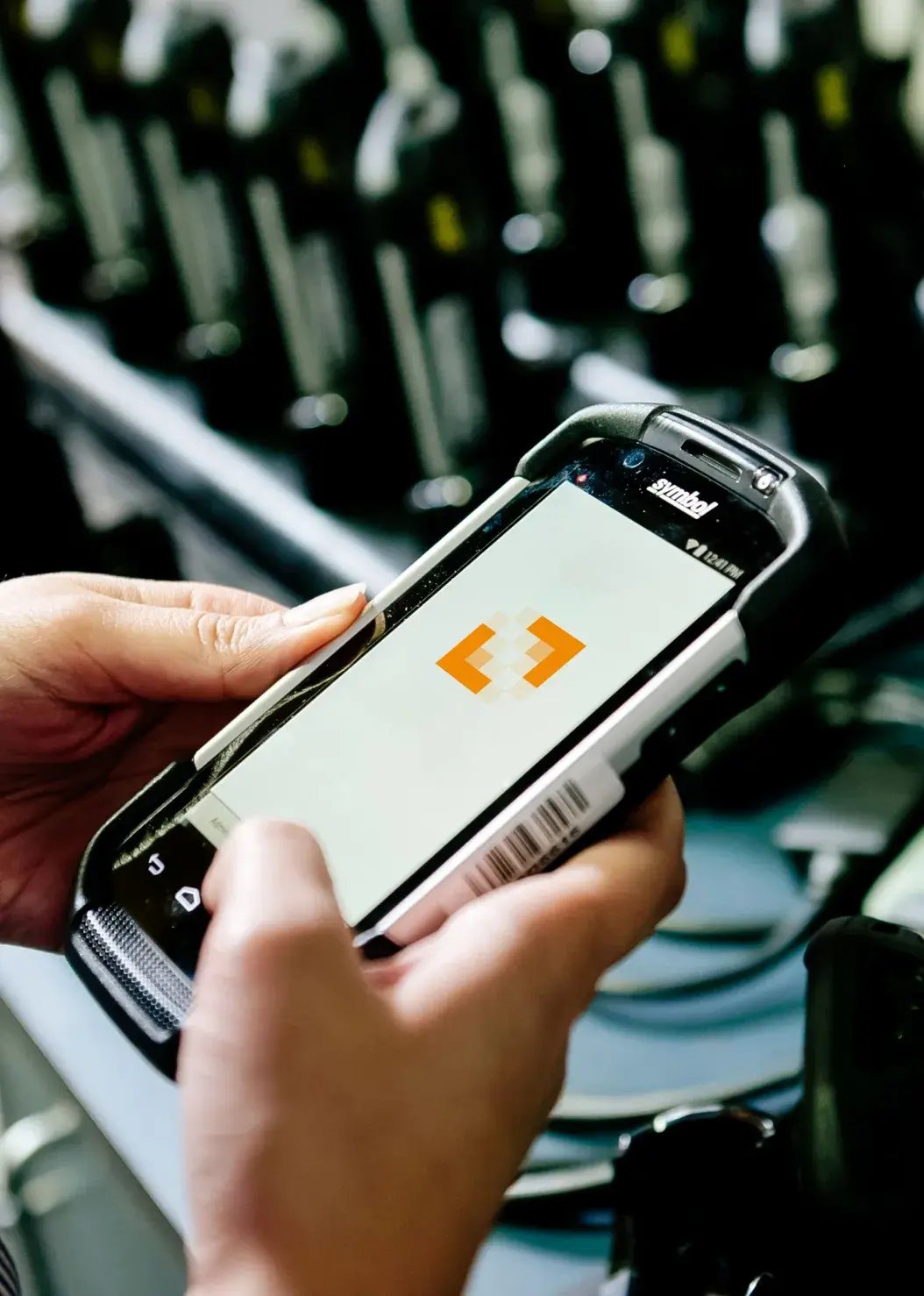Transform Mobile Operations & Unleash Your Workforce’s True Power

Enterprise mobility that works harder so your teams can work smarter
Your mobile workforce should accelerate business, boost productivity, and strengthen organizational security. The right solution set integrates seamlessly with your business and enables teams to work more efficiently and securely—from virtually anywhere. But without the right tools and guidance, that potential remains locked away, and you could end up with:
- Disconnected frontline workers and missed critical updates
- Security gaps from unmanaged devices
- Communication breakdowns between field and office
- Workflow bottlenecks that impede productivity
- Infrastructure vulnerabilities that stifle growth
Whether your operations demand rugged devices, enterprise-grade wireless networks, unified communications, or an integrated approach to future-readiness, we’ll help you identify, integrate, and implement mobility solutions that maximize the business benefits while minimizing risk.
Mobility solutions that protect business continuity, data security, and worker productivity
Our experts assess your unique needs—from bandwidth and geographic coverage to device capabilities—and deliver customized mobility solutions. You’ll gain reliable and secure connectivity, streamlined workflows, and the ability to scale your capabilities on demand.
DecisionPoint’s comprehensive, end-to-end mobility services and solutions include:
Networking & Connectivity Design
Tailored strategies to meet your bandwidth, security, and geographic needs, integrating broadband, 5G, and optimized WAN solutions.
Tech On Demand
Coast-to-coast IT support for locations without dedicated resources, providing troubleshooting, maintenance, and repairs for IT infrastructure, devices, and peripherals.
UEM / MDM Systems Implementation
Expert installation and configuration for platforms like SOTI, Workspace ONE, and Ivanti Avalanche, enabling secure and efficient device management.
Device Upgrades and Software Implementation
Move beyond manual processes with advanced technologies and OEM-backed industry solutions, ensuring a future-ready operation.
End-to-End Lifecycle Management
From procurement to retirement, DecisionPoint provides sustainable IT asset disposition and recycling services.
Why choose DecisionPoint Technologies for enterprise mobility?
Enterprise mobility is about so much more than devices—it’s about transforming how your workforce operates, collaborates, and drives business growth. By integrating mobility and supply chain visibility solutions, you can gain real-time insights that optimize workflows and accelerate decision-making. Backed by our comprehensive managed services, your teams stay connected, productive, and supported while we handle the complexity of device management and infrastructure support.
With decades of experience empowering mobile workforces across industries, DecisionPoint delivers the expertise, coverage, and scalability you need to maximize your mobility investments:
- Scalable support: Get flexibility to expand your own IT capabilities—whether to meet a temporary need or to achieve full-scale future-proofing
- Expert OEM partnerships: Access the latest in trends, technologies, and advancements through our robust network of industry-leading OEMs
- Nationwide coverage: Benefit from rapid on-site support, no matter where your operations are located, with our coast-to-coast network of skilled technicians

Maximize the Effectiveness of Your Connected Workforce
Ready to transform your mobility strategy?
Let’s start a conversation—reach out today.